In a world where logistics and warehousing are the backbone of commerce, efficiency is no longer just an operational goal, it is a competitive necessity. With the rise of e-commerce, same-day delivery, and customer demand for rapid fulfilment, warehouses are under constant pressure to move goods faster, more safely, and more cost-effectively.
One of the most overlooked yet vital technologies enabling this efficiency is the goods lift. By transforming how warehouses handle vertical transport, goods lifts provide a safer, smarter, and more space-efficient alternative to manual handling, forklifts, or ramp systems.
This article explores why goods lifts are indispensable in today’s warehouses, how they improve workflows, and what future trends are shaping their role in smart logistics.
The Need for Vertical Transport in Warehouses
While horizontal movement of stock often receives more attention, vertical transport is just as critical. Multi-level warehouses, mezzanine storage areas, and high-rise facilities all rely on safe and reliable ways to move goods between levels. Without goods lifts, businesses often resort to forklifts on ramps, conveyor belts, or even manual handling, all of which create safety risks and inefficiencies.
Goods lifts provide a direct solution by allowing operators to transport large, heavy, or bulky loads vertically at the push of a button. This shift not only reduces accident risk but also saves significant time in daily operations.
How Goods Lifts Improve Workflow Efficiency
Efficiency is about removing bottlenecks, and goods lifts do exactly that. Instead of workers navigating stairs or forklifts waiting for ramps to clear, lifts ensure constant, reliable movement of stock between levels.
Key benefits include:
- Faster order fulfilment: Shorter transport times reduce overall turnaround.
- Reduced congestion: No need for forklifts competing for ramp space.
- Smoother inventory flow: Eliminates delays between packing, storage, and dispatch.
By ensuring consistent vertical transport, goods lifts become the backbone of a warehouse’s workflow.
Safety Benefits of Goods Lifts
Workplace safety is a critical concern in warehousing, where heavy lifting and fast-paced environments increase accident risks. Goods lifts drastically reduce hazards by removing the need for staff to manually carry goods up stairs or navigate forklifts on steep ramps.
Safety advantages include:
- Lower risk of musculoskeletal injuries from manual handling.
- Reduced forklift accidents on ramps.
- Built-in safety features like overload protection and emergency stop functions.
By improving safety, goods lifts not only protect employees but also minimise downtime, compensation claims, and regulatory penalties.
Space Optimisation and Cost Savings
In warehousing, space equals revenue. Every square metre saved can be repurposed for additional storage or production. By replacing ramps with goods lifts, businesses can reclaim floor space for income-generating activities.
Moreover, compact lift shafts require less space than alternative transport solutions, enabling warehouses to expand vertically rather than horizontally. This optimisation reduces the need for costly building extensions and allows companies to handle higher volumes within the same footprint.
Types of Goods Lifts for Warehousing
Not all goods lifts are created equal. The right choice depends on the type of goods, load capacity, and frequency of use.
- Standard Goods Lifts:
Ideal for general stock movement, capable of handling pallets, trolleys, or bulk loads. - Heavy-Duty Goods Lifts:
Built for manufacturing or industrial facilities, designed to transport oversized machinery or heavy stock. - Mezzanine Goods Lifts:
Specifically designed for multi-level mezzanine floors, offering compact installation without major structural changes. - Goods-Passenger Combination Lifts:
Enable an operator to ride along with goods, providing added safety for fragile or controlled cargo.
The Role of Goods Lifts in Smart Warehousing
As warehouses adopt automation and data-driven technologies, goods lifts are evolving too. Smart features include:
- IoT-enabled monitoring: Remote diagnostics and predictive maintenance.
- Energy-efficient systems: Regenerative drives that reduce electricity consumption.
- Integration with warehouse management systems (WMS): Automated lift scheduling to align with picking and dispatch workflows.
These innovations make goods lifts a seamless part of the broader logistics ecosystem.
Conclusion
In an era where speed, safety, and cost control drive success, goods lifts have become an essential component of warehousing. They eliminate inefficiencies, reduce risks, and enable facilities to scale sustainably. For warehouses aiming to remain competitive, investing in goods lifts is not a luxury, it’s a necessity.
Don’t let outdated handling methods slow your warehouse down, contact Industrial Lifts today to find the right goods lift for your operation.
